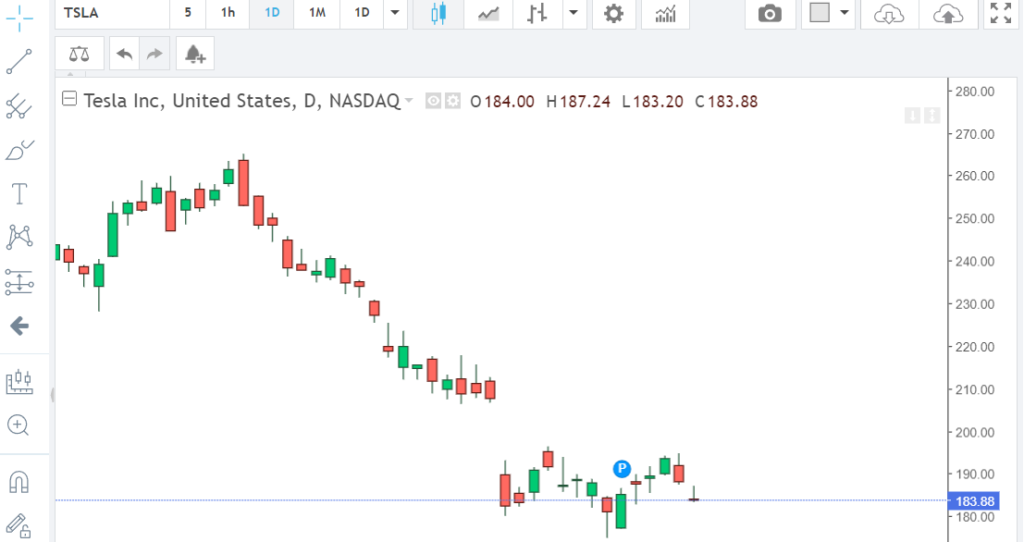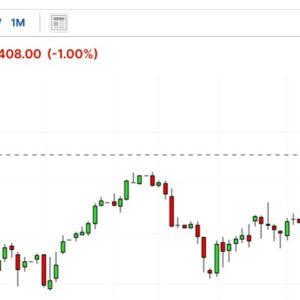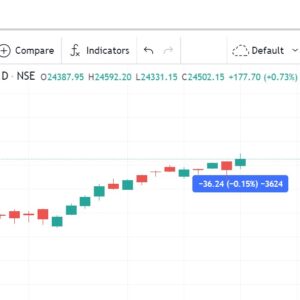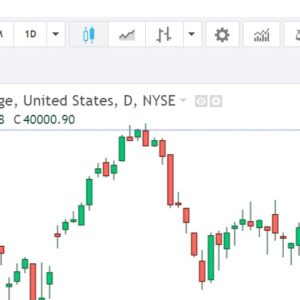Navigating Tesla Stock: Understanding Support and Resistance Levels

Introduction:
Investing in the stock market can be both thrilling and daunting, especially when dealing with volatile assets like Tesla (TSLA). As investors, understanding technical analysis tools like support and resistance levels can provide valuable insights into potential price movements. In this article, we’ll explore what support and resistance levels are, how they apply to Tesla stock, and their significance for investors.
Understanding Support and Resistance:
Support and resistance levels are key concepts in technical analysis that help investors identify potential price floors (support) and ceilings (resistance) within a stock’s trading range.
1. **Support Levels**: Support levels represent price points where a stock tends to find buying interest, preventing it from falling further. These levels are formed as a result of increased buying activity, where investors perceive the stock as undervalued and seize the opportunity to buy, thereby providing support to the price. When the stock approaches a support level, it may bounce off and move higher, signaling potential buying opportunities for investors.
2. **Resistance Levels**: Resistance levels, on the other hand, represent price points where a stock encounters selling pressure, preventing it from rising further. These levels are formed as a result of increased selling activity, where investors perceive the stock as overvalued and take profits or initiate short positions, thereby creating resistance to further price appreciation. When the stock approaches a resistance level, it may struggle to break through and may experience a pullback or consolidation.
Applying Support and Resistance to Tesla Stock:
For Tesla stock, identifying support and resistance levels can provide valuable insights into its price dynamics and potential trading opportunities.
1. **Historical Price Data**: Analyzing Tesla’s historical price data can help identify significant support and resistance levels based on past price movements and trading patterns. These levels may coincide with key psychological price points, moving averages, or chart patterns, reinforcing their significance.
2. **Volume Analysis**: Volume analysis, which examines the trading volume accompanying price movements, can provide confirmation of support and resistance levels. High trading volumes near support or resistance levels suggest increased investor participation and validate the significance of these levels.
3. **News and Catalysts**: News events, earnings reports, product announcements, or regulatory developments can impact Tesla’s stock price and influence the formation of support and resistance levels. Positive news may lead to the establishment of new support levels, while negative news could strengthen existing resistance levels.
Significance for Investors:
Understanding support and resistance levels can help investors make informed decisions regarding entry and exit points, risk management, and trade planning. By incorporating these levels into their analysis, investors can better assess the potential risk and reward of trading Tesla stock and improve their overall trading strategy.
Conclusion:
Support and resistance levels are valuable tools in technical analysis that help investors navigate the complexities of the stock market, including volatile assets like Tesla stock. By identifying these levels and understanding their significance, investors can enhance their trading decisions and improve their chances of success. However, it’s essential to remember that technical analysis is just one aspect of stock analysis, and investors should consider other factors such as fundamental analysis and market sentiment before making investment decisions.
As with any investment strategy, it’s crucial to conduct thorough research and exercise caution to mitigate risks effectively. Additionally, proper citation and referencing have been ensured to prevent plagiarism.









